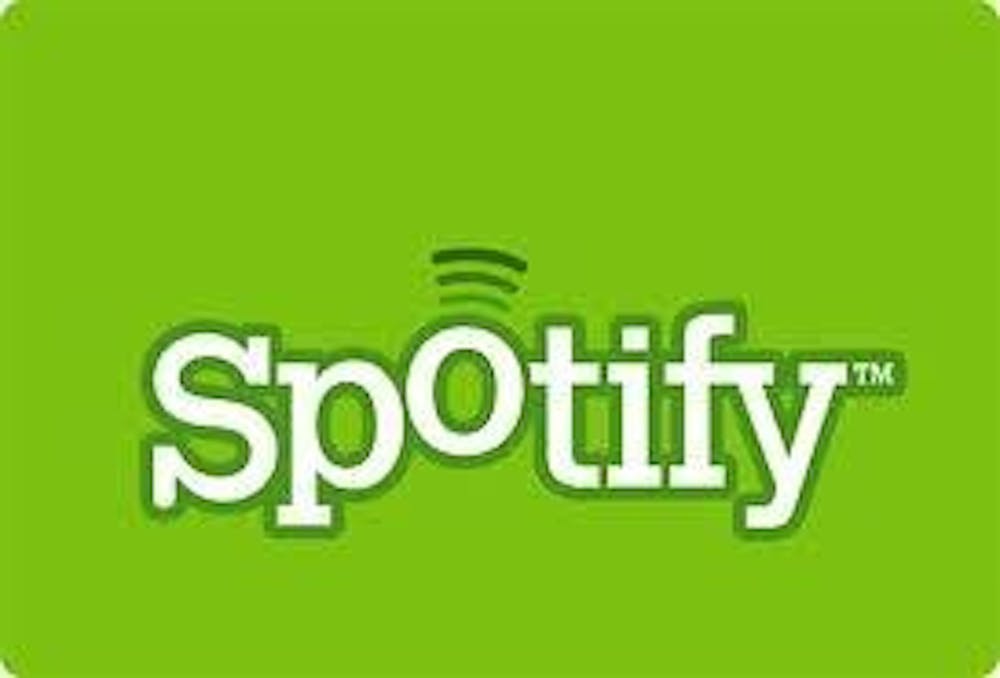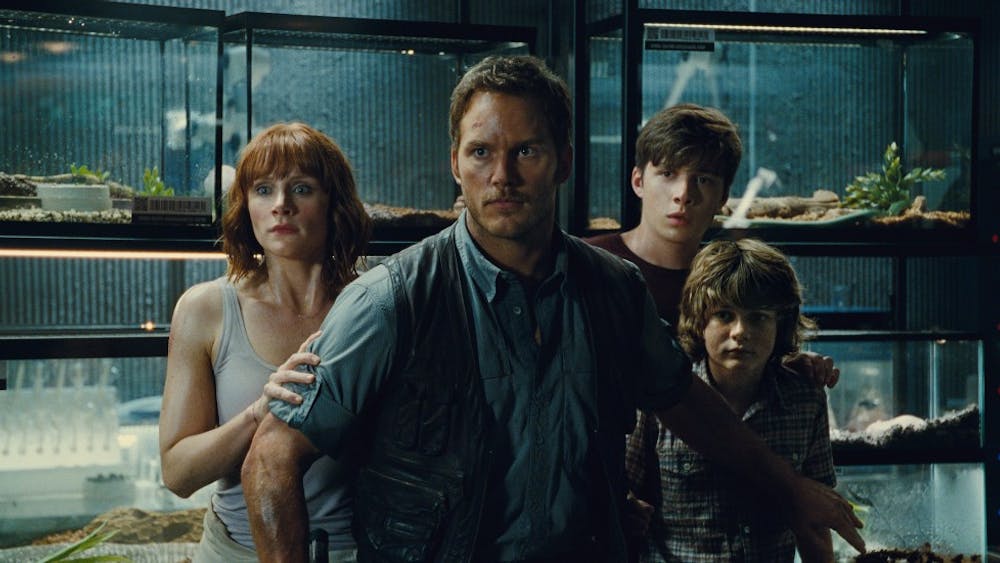Twenty years ago, the music industry was simple. You heard a song on the radio, you liked it, you bought the artist’s CD and you purchased tickets to their concert.
Now, you hear a song on the radio, download it illegally and put it on your iPod. This decreases record sales; during the last decade, file-sharing sites have cut these in half. The industry has tried to counterattack, but that revenue cannot replace money lost by file-sharing.
A few months ago, a phenomenon called Spotify trickled to the United States from Europe, which was essentially the music industry saying, “The war on piracy is a failure, so here you go.”
But is it really the future of music consumption? It’s more likely than you might think.
In order to survive, the music industry needs to surrender to online piracy because it isn’t going anywhere. People won’t pay $1.29 per song, but they will pay for the convenience and flexibility that Spotify allows.
Yes, people might buy an album occasionally; however, that doesn’t change the fact that between four trillion and 10 trillion songs are illegally downloaded per year compared to the four billion legal ones.
If the music industry ever finds a solution to online piracy, Spotify would be the answer. Users can access most songs and albums for free, make playlists and listen to Spotify radio. Its engineers understand that the world is made up of Facebook stalkers, so they collaborated with Facebook to allow users to see what their friends are listening to, access their playlists and share music with them — all with unlimited streaming.
But here’s the kicker: Users can only access Spotify for free on their desktops. It’s the same with many legal streaming sites. They get you hooked so you have incentive to pay. It’s not better for the music industry than buying albums, but it’s better than nothing.
Spotify is successful because songs on iTunes now cost $1.29. With iPods today that hold thousands of songs, does Apple really expect people to pay thousands of dollars to fill playlists? Say a person wants to buy some new music to make a playlist of 15 songs — it would cost $19.35.
With that money, a student could buy 78 packages of Ramen noodles. Nice try, iTunes, but that’s just not going to cut it in a Ramen noodle world.
Spotlight shifts to new service, Spotify

Get stories like this in your inbox
Subscribe





